Yin and Yang (Chinese陰陽/阴阳, Pinyin yīn yáng ) are two terms used in Chinese philosophy, especially Daoism.
Yin represents centrifugal force, expansion. Yang represents the centripetal force, the contraction. If you understand this tenet, you can deduce everything else from it and understand inYology. It is also one of the most important tenets in InYology. And if so, then maybe a little deeper: Yin represents the centrifugal force, the infinite expansion. Yang represents the centripetal force, the finite contraction. Nobody has explained it so deeply before me. The teaching of Yin and Yang – also called InYology – is the best and most precise compass to understand the natural order or the laws of nature.
The origin of the teachings of Yin and Yang in Chinese philosophy
The well-known origin of the doctrine of Yin and Yang goes back to the Emperor Fu Hi, who lived in China about 5,000 years ago. The chief philosopher symbolized Yin and Yang with three square bars of the same size; in the center of each he carved a notch as wide as the thickness of the staff and as deep as 1/3 of that. One side of the stick is perfectly flat, this is the symbol for Yang, compact, solid, contracted. Turned upside down, the stick shows the side whose hollowed center symbolizes Yin, separated, extended, loosened, hollow.
Yang and Yin are only “two” sides of the “one” staff (Taikyoku). Whenever yang manifests, Yin is constantly waiting below for its turn. Polarization and antagonism between Yang and Yin (where the basis for rotation and vibration of all systems comes from) are excellently conveyed by this square rod. Emperor Fu Hi called it the logo stick.
Two logos bars arranged in a cross shape, Yang over Yin, form a cross that is neither Yang nor Yin on either side. That is the communion between Yang and Yin. It is the secret symbol of Buddhism and various different schools of traditional, aesthetic teaching.
I-Ching
The I-Ching – or Book of Changes – is a very old wisdom book from China. The old name I-Ching is now also spelled Yijing. It has existed in its current form for at least 2,000 years, but can look back on a longer history of at least 3,000 years. Its actual origins are likely to be found in the Shamanistic traditions of the Neolithic Age (5,000 years BC).
The I-Ching can be questioned by everyone today by using a certain “random process” to determine a sign and, if necessary, “walking lines” and a future sign. Whether the lines of change arise depends on “chance”. The answer of the I-Ching stands in a meaningful connection to the question if the oracle is carried out seriously. In the I-Ching, the ONLY PRINCIPLE, the order of the universe, is shown in 64 phases of change (hexagrams).
It takes long and careful study to understand the I-Ching deeply enough. Confucius is reported to have studied the I-Ching so intensively that he chafed through the leather straps with which his book was bound three times.
Zou Yan
Zou Yan (305-240 BC) was a Chinese philosopher. Zou tried the teaching of yin and yang with the Five connect f-element teaching.
Zou Yan has linked the already existing but not yet fully elaborated ideas of Yin and Yang and the five elements and applied them to a wide variety of fields of knowledge such as astronomy, astrology, geography, history and politics.
Dong Zhongshu
Dong Zhongshu (179-104 BC) was a representative of the Confucian New Text School in the Han period.
He was a scholar who lived in 136 BC. He played a key role in establishing Confucianism as a state cult in China and as the basis of official political philosophy – a position he would hold for 2,000 years. As a philosopher, Dong united the Confucian and Yin-Yang schools.
The influences in Daoism and Buddhism of Yin and Yang
Ancient Japan had neither metaphysics, nor science, nor moral religion, nor any conception like hell or paradise. Japan was and is a country of people with “consciousness”. The Kojiki (ancient history going back more than 1200 years) proves this. It is a natural story of the creation of the universe, of long voyages, and of adventures on the oceans that the forefathers of Japan ended in prehistoric times. (Shintoism is nothing more than a national cult of the forefathers, nothing more.) The only thing that interested the Japanese people was practical life; So it is realism that has guided it from its origins to the present day. Let’s take a quick look at what this Japanese realism is all about. It is very correctly asserted that the Japanese are the “imitators” of Western civilization, and indeed the most skilful in the world.
1500 years ago they came into contact with Chinese civilization for the first time and received from it everything it had to offer:
Characters, philosophy, Taoism, Buddhism, literature, arts and crafts, clothing etc. They refused nothing. For about 60 years the Japanese have been intent on fully introducing Western civilization. They even exaggerate. Accepting everything and nothing unknown, leaving nothing foreign, that is the Japanese spirit. He’s a little too in love with everything that’s new. He practices everything before he judges. He believes there is nothing that can spoil him; he has full confidence in the great will of Amida (the only law), which grants him protection.
Any general traditional teaching is the training of that mind, that ability to synthesize. Consequently, all religion, all philosophy, all science, all sociology, all art, all handicrafts are united by this spirit. The formation of the Japanese nation is itself an example of sociological synthesis. It brings the individual together in that solid, unique society that does not fall apart.
Yin and Yang in the body (TCM)
When we realize that we can become able to heal ourselves, we need to relearn how to heal ourselves; that is our right. It is unnecessary that we depend on others, however qualified they may be.
It is an uplifting feeling to realize how free I am by practicing my own healing arts in a simple way.
A main idea is therefore to want to prevent a disease and to strengthen the overall condition of the organism. However, if the disease does occur, it is important to clarify the causes and restore the lost harmony with nature.
Western medicine is faced with a specific disease that is attached to certain structures or biological systems and can be assigned to them.
Chemical preparations and surgical measures therefore have a correspondingly high priority in therapeutic attempts.
Traditional Chinese Medicine (TCM), on the other hand, sees a specific patient. In their efforts, the main thing is to take into account the individual conditions of the person affected and then, with the preferred use of acupuncture, acupressure. Exercise therapy and herbal medicine to initiate therapy. The term “state of health” used in our western language is referred to in Chinese and Japanese as the “ratio of life energy”.
The symbol of Yin and Yang explained
There is no Yin without yang and no Yang without yin. Yin and Yang are opposing and complementary antagonisms.
All things and appearances have their opposite in them and form a unity with it. The Taoist Yin and Yang symbol – Chinese Taijitu – with the colors from Yang to Yin and from Yin to Yang. From brown-red-orange-yellow to light green-dark green-blue-violet-black, in the cycle and in the antagonism of colors.
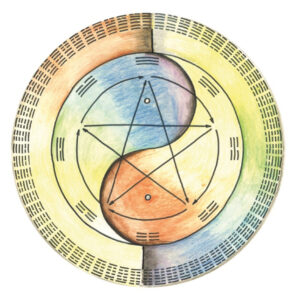
In the figure contain the 5 QI transformations: air, sun, earth, metal, water. The eight trigrams. The 64 hexagrams. The gray background is supposed to show the universe. Neither white Yang nor black Yin. Erwin Blank explains: “It is no coincidence that the colors and lines are so“ imprecise ”. Even back then I could have painted “seamlessly” with watercolor paints and used compasses and rulers. But I deliberately chose “freehand drawing and the colored pencils, and deliberately didn’t mix the color transitions”.
I wanted to deliberately show the phase boundaries in the transmutation. Nature does not need any technical aids to show itself. In addition, I deliberately drew the “outer circle” with the 64 hexagrams, and deliberately reversed the colors in the outer field. I wanted to show the antagonism.
Even the “gray” in the universe is deliberately not a harmonious gray. It should show both the light and the dark. That’s why it’s not a harmonious gray, but a black and white. Both – dark and light – can thus be recognized at the same time. That is why this graphic – which is a symbol – must not be “embellished” with technical aids.
The graphic should also show Sabi and Wabi. I deliberately did not draw exact symmetry. Exact symmetry would be death. Movement and life are only possible in asymmetry. That is why there is nothing in nature that is exactly symmetrical. An ACAD program draws to exact symmetry. That’s why I don’t want to “improve” this graphic with a PC program. The “inaccuracies” of the hand drawings, without technical aids, are conscious and intentional. That also makes this graphic unique.
What is Yin What is Yang
- Yin and Yang are two poles that take effect when the infinite expansion reaches the geometric tendency of bisection.
- Yin and Yang result continuously from the infinite expansion.
- Yin represents centrifugal force. Yang the centripetal force. Yin and Yang together become the energy (QI) that creates all phenomena.
- Yin attracts Yang and Yang attracts Yin.
- Yin repels Yin. Yang repels Yang.
- Yin and Yang combined in different proportions lead to the appearance of different phenomena. The attraction, resp. the force of repulsion against each other is proportional to the difference between the Yin and Yang forces. Everything is restless.
- All phenomena constantly change the constitution of the Yin and Yang forces. Yin turns into Yang, Yang turns into Yin. Everything contains polarity in every stage of education.
- There is nothing that is all yin. or is exclusively Yang. Every thing has a part of yin and a part of yang. Only the proportions are different.
- There is nothing neutral. Either Yin or Yang predominates in everything.
- Big Yin attracts small Yin, big Yang attracts small Yang. The quantity determines the quality.
- Extreme Yin produces Yang, extreme Yang produces Yin.
- All physical manifestations are Yin on the surface and Yang in their center.
Meaning of yin
Yin represents centrifugal force
Meaning of yang
Yang represents the centriptal force
Yin and Yang in Diet
Yin and Yang are the tools to find the right diet and how we can vary it to meet our personal needs. Eating means taking in the whole environment: sunlight, soil, water and air. The division of food into yin and yang is an essential prerequisite for creating a balanced diet. There are various factors in the growth and structure of food that tell us whether the substance in question is predominantly yin or yang. In the plant kingdom – as everywhere in the universe – there is a natural order. Compact foods that grow underground are made from yang energy and, as a result, are yang, such as burdock roots, carrots and other root vegetables. Those who grow on the ground and are of more extensive shape are made of yin energy and as a result yin, like onions and gourds, which are more balanced; while species that grow above the ground like kale are yin. Fruits that grow high above the ground are even more yin. This is an important principle in InYology. Sendo is a collective term from which all other “Do” can be derived. Macrobiotics – macro = large and bios = life. Macrobiotics = the big life – is just a more recent expression for Sendo.
Why is there an imbalance between yin and yang?
Yin and Yang are – like all antagonisms – not opposites, but opposing complements. An “imbalance” is also absolutely natural with Yin and Yang. The “imbalance must just not be permanent and not extreme. The generating cycle and the co-cycle will always be in equilibrium. But dynamic, not static.
How do I balance my yin and yang?
The five elements theory has its roots in the Chinese view of the universe. All things in this world are assigned to the five basic elements (fire, metal, earth, wood and water), which regulate the course of natural phenomena. The five elements are a further differentiation of Yin and Yang, and a system with which one can explain and understand relationships and modes of operation. Even today, the Chinese sciences, especially in medicine, rely on this natural law. It is assumed that all of the 5 elements must be in harmony with one another in order to guarantee an optimal flow of energy, as they can control, nourish or even destroy one another. We find each of the individual elements in our environment every day in shapes, colors, tastes, foods, properties, materials in Yin and Yang quality. The body’s own organs are also assigned to the individual elements. The cycle of creation describes how the individual elements merge and transform into one another. Just as after birth there is growth and spring is followed by summer, the east is followed by the south, wood by fire, and so on. The energy, which is called QI, should always be in the flow from one element to the other, since harmony can only arise where the cycles run harmoniously. An uneven circulation would lead to diseases and problems.
- Wood feeds the fire,
- the ashes of the fire feed the earth,
- metal is extracted from the earth,
- the minerals of the earth make the water alive,
- Water feeds the plants from which wood is made,
- Wood feeds the fire etc …
The second important cycle is the cycle of control. This cycle is a countermeasure that intervenes when the creation cycle is stuck. The control cycle also shows which elements have an inhibiting, i.e. controlling, relationship with one another.
- Wood controls the earth (forests prevent soil erosion)
- Earth controls the water (water seeps into the ground)
- Water controls the fire (it puts out the fire)
- Fire controls the metal (fire helps melt and deform metal to make tools and devices)
- Metal controls the wood (metal in the shape of an ax helps to thin out the undergrowth in the overgrown forest)
There must also be balance within this wheel. This occurs when an element adequately controls the next but one of the cycle of origin, and when it is itself adequately controlled by the penultimate element.
Yin and Yang in Feng Shui
Normally the system is balanced, the aim of Feng Shui is to create this harmony and to recognize and cancel destructive cycles. If Yin and Yang are in balance, they promote the flow of chi in our environment according to Feng Shui and ensure harmony in our relationship with the environment. You can look at your house or apartment – rooms furnished by couples have a different energy than rooms by singles. An imbalance shows which area can be strengthened and which is more likely to be taken back.
Yang dominates:
Your interior is straightforward, smooth with yang colors like red & orange, loud, conspicuous, hard with lots of glass, chrome and metal.
Yin dominates:
Your rooms are softly decorated, with yin colors like green plants, natural, round shaped, curved and dimly lit.
Yin and Yang in yoga
Some of the Taoist gymnastics exercises have still been used as health-promoting exercises in the area of warming gymnastics in the various martial arts schools. An essential element of Taoist yoga, which is very important in the field of martial arts, is Qi-Gong, the teaching of the activity of QI. It is a method of psycho-physical training aimed at accumulating, controlling and directing bioenergy (QI). The focal point of the exercises is breathing.
The importance of Yin and Yang in love
Meaning of true love: Jesus teaches:
- If I spoke with the tongues of men and angels and did not have love, then I would be a resounding ore and a ringing bell. If I also told you what is to come and if I knew all the secrets and if I had all the wisdom, my faith would be stronger than the storm that moves mountains, but if I did not have love, then I would be nothing. And if I gave all my goods to the poor in order to nourish them, if I gave all my fire that I received from my father and if I did not have love, then I would have no gain.
- Love is long-suffering, love is kind. Love knows no envy, has no ills, is alien to anything proud; it is not violent and not selfish. She gives time to the anger of others and does not imagine anything bad; she rejoices in no wrong, but she does enjoy justice. Love defends everything, love believes everything, love hopes everything, love endures everything; it is never exhausted; But tongues will fall silent and knowledge will fade away. For we have truth in particles and error in particles; but when the fullness of perfection has come, all that is divided will be extinguished.
- If a person is still a child, he speaks like a child, understands like a child, thinks like a child; but when he grows up he sets aside everything childish. Today we only see through glasses and dark words. We only recognize particles.
- But if we one day be before the face of God, we will give up our partial knowledge, because He will teach us. But these three remain for today: faith, hope and love, but love is the greatest of them. Love the whole because the whole is love
- Love is the solution to all problems. Love is the key to all doors of the human soul. Love is the power of all creative forces in nature. Love is a science that has not been studied enough. He who knows and can love is powerful.
InYology – the detailed teaching of Yin and Yang
InYology is the study of Yin and Yang. It is the name for the One Principle or the order in the universe. In is the Japanese name for the Chinese Yin. Yo is the Japanese name for Chinese Yang. InYology is invaluable to all people dealing with health, awareness and the laws of nature. InYology is a magical compass for understanding the laws of nature and the order in the universe. We humans are beings of creation. With this book you can learn – among many other things – how to activate your own creative power, so that you can personally take control of every aspect of your life.

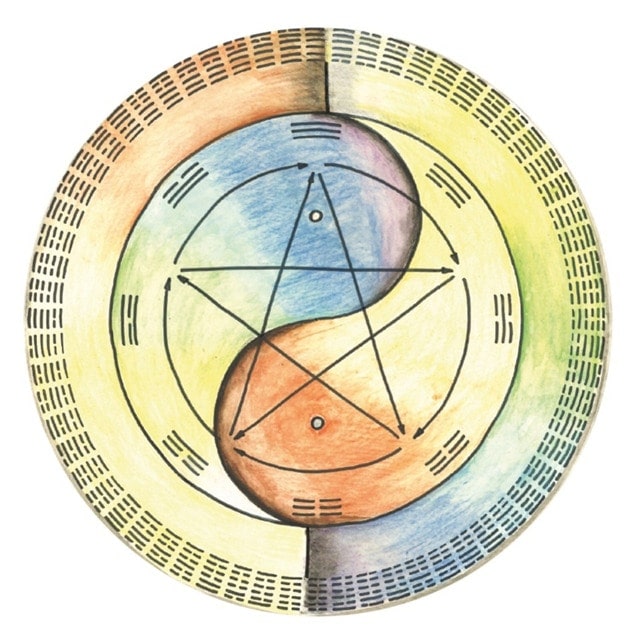
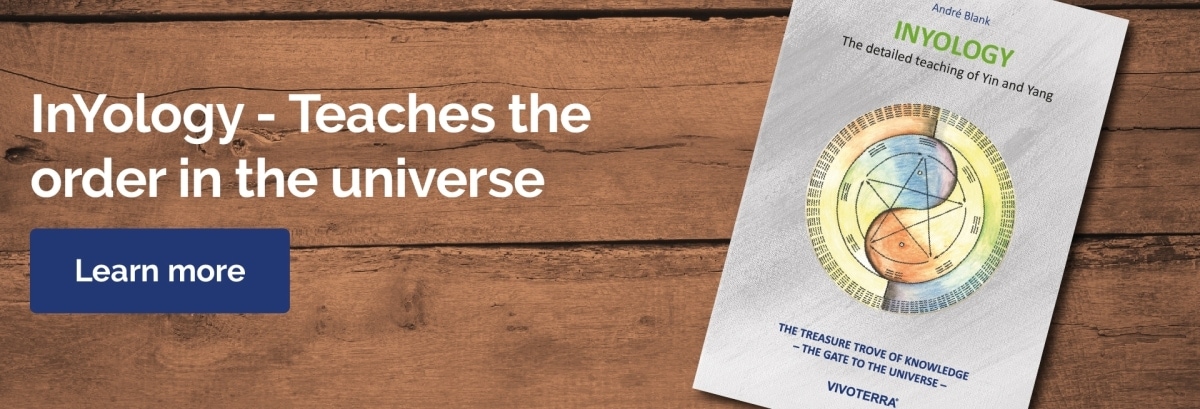
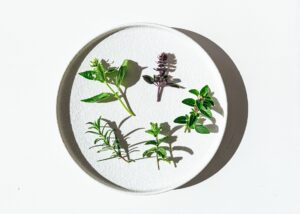

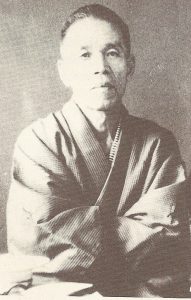

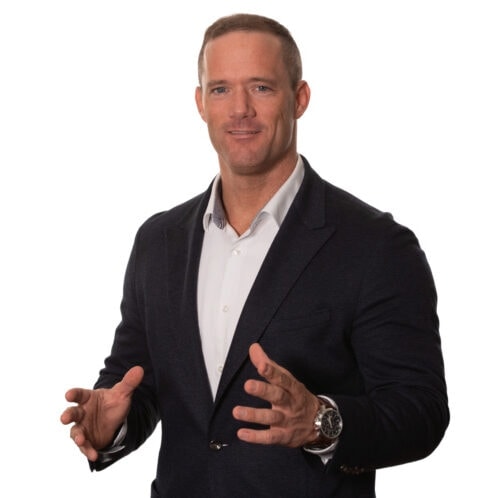
12 thoughts on “Yin and Yang – explained by the expert”
I have the book. Do you?
An amazing piece of work & stunning content.
Just purchased this, hope it is as good as i think it is.
Obviously the author put in a lot work into this fascinating book …
I want this book.
I would love this book
A must have book, InYology…kudos André Blank🎤
Would love to get this … yes looking to get in future
It loooks really interesting.
This looks up our alley!
Another book for my wish list.
I will buy it!